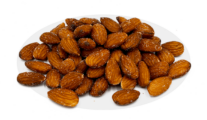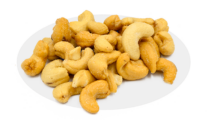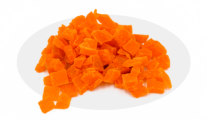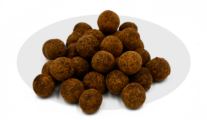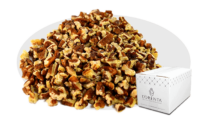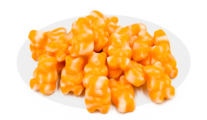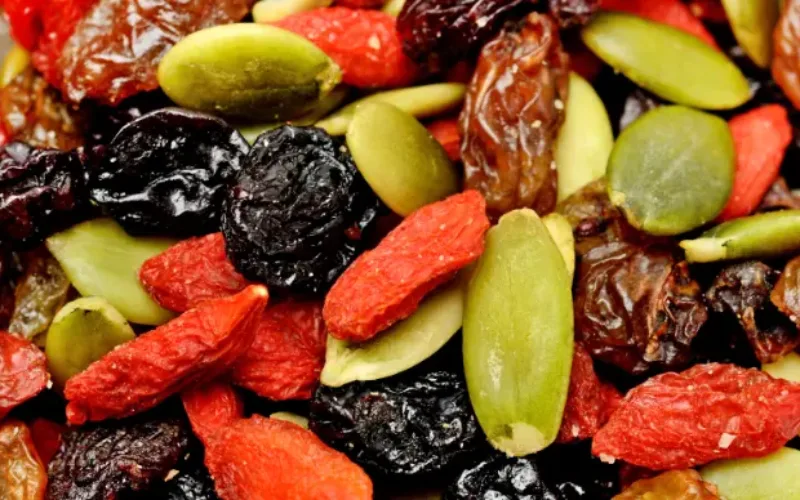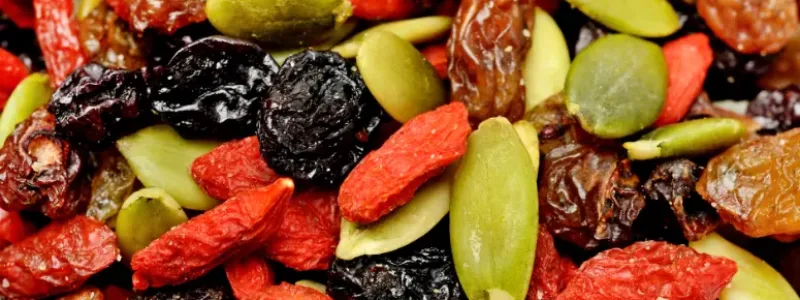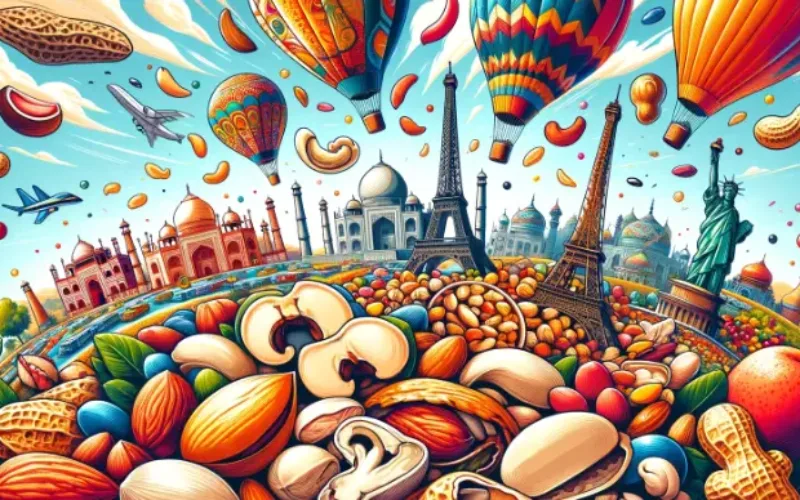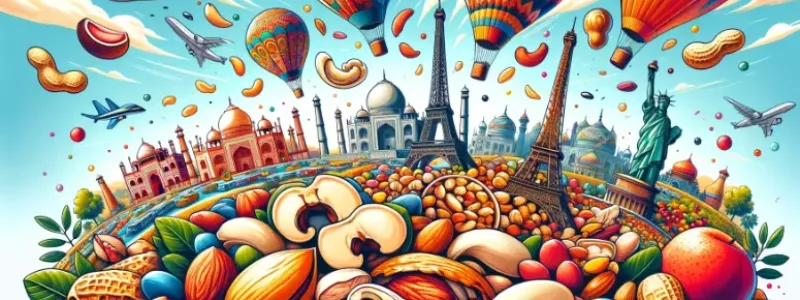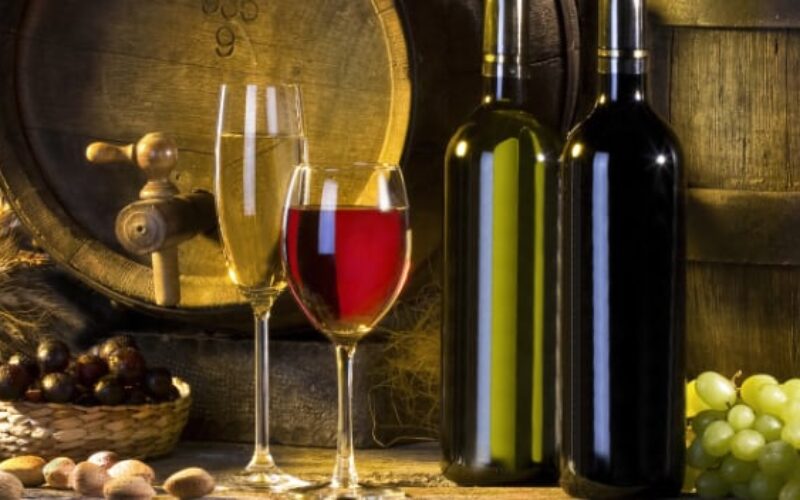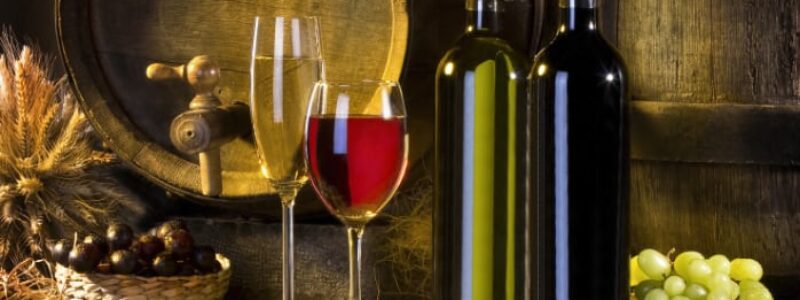Written By Sam Henselijn
Halloween is a popular holiday in North America and some parts of Europe. In Ireland, people celebrate with bonfires and fireworks. In the United States, children don costumes and head out for a night of trick or treating. Mexico, the Day of the Dead inspires introspection about the deceased. L’Orenta Gourmet Nuts and Goodies has just the right candies to celebrate Halloween in the traditional way with a fantastic assortment making up our Halloween Candy Buffet.
Just to get you in the mood for learning all about Halloween, you should try our Gummy Pumpkins, which are chewy and sweet, and come in three vibrant colors, red, yellow and orange; or our Caramel Candy Corn: three colors and a true nostalgic candy treat. Perfect to use for Halloween treats and everyday snacks.
What are the origins of Halloween, and when did people start celebrating it? Halloween is among the oldest holidays in the world because it involves a basic element of the human psyche, the relationship between the living and the dead.
Halloween History
The Celtic Samhain Festival
Originating as a celebration of the harvest, and the transition from Summer to Fall, (metaphorically from light to darkness), transformation remains a central theme of the holiday.
Most historians trace the earliest origins of Halloween to Samhain. The name means “summer’s end”, and the festival marked the end of the harvest season and the coming of winter.
The Celts believed that this was the time of the year when the

barriers between the living world and the world of the dead could be crossed, and the dead would return and walk among the living. In fact, it was also believed that many other kinds of spirits, some which never had human form, could also appear. Elves, fairies, and “wee folk”, sprites were just as likely to pay a visit.
One important tradition associated with Samhain is the bonfire. The observance of Samhain included slaughtering cattle, and disposing of the bones in “bone fires” which, in time, came to be known as bonfires.
Before the eve of Samhain, Celtic priests would construct a large fire on a hill in central Ireland that was thought to have an especially close connection to the supernatural realm. These priests would then distribute embers from the bonfire to the populace.
Thousands of ceremonial bonfires would light up the night, and people would dance around the fires to ward off evil spirits and encourage the Sun not to vanish for the winter.
Catholicism and All Saints Day
By the seventh century, Catholicism had arrived in the British Isles. Rather than banning pagan festivals, the church established Christian alternatives.
In the eighth century, Pope Gregory III designated November 1
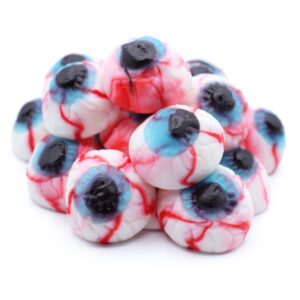
as a time to honor all saints. Soon, All Saints Day incorporated some of the traditions of Samhain. Later, November 2 became All Souls Day. Both were days to honor and pray for the deceased and to attend special Masses.
As the population converted, these holidays absorbed some of the old traditions and sentiment that originated with Samhain. In fact, All Saint’s Day, which used to be called All Hallows Day, gave Halloween (All Hallows Eve) its modern name.
This would have been a great time to have some of L’Orenta’s

Gummy Hairy Spiders! Multicolored and the perfect combination of sweet and sour.
Colonial America ….not quite there
In colonial times in the United States, the first celebrations included “play parties,” which were public events to celebrate the harvest. Neighbors would share stories of the dead, tell each other’s fortunes, dance and sing.
Irish Immigration and the Start of Modern Day Halloween
The rituals of Samhain, and the real soul of modern day Halloween, arrived in the United States. With the displacement of the Irish in 1845-1849, during the potato famine. The Irish continued to observe All Hallows’ Eve, All Saint’s Day, and All Soul’s Day, but these festivals by now were infused with folk traditions such as the jack o’ lantern.
The original jack o’lanterns were turnips, but immigrants to
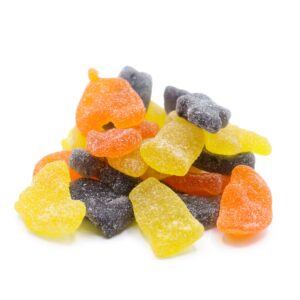
North America used the native pumpkin. Both much softer and much larger, making it easier to carve than a turnip. The American tradition of carving pumpkins was first recorded in 1837. Not becoming specifically associated with Halloween until the mid-to-late 19th century.
The basics of Halloween were now in place with people going from house to house asking for sweet treats. A practice that eventually became today’s “trick-or-treat” tradition. Trick-or-treating was a relatively inexpensive way for an entire community to share the Halloween celebration.
The familiar tradition of the present day Halloween dates to the 1950s. Today, Halloween is not generally associated with any particular religion or culture, and it is commonly viewed as a secular community holiday, primarily focused on the young, and a boon for businesses offering candy and decorations.
The Essence of Halloween
Transformation is still central to the observance of Halloween. The mask and costume transforms the wearer from their everyday life to another persona. The best-known, and most popular, costumes also touch on transformation. The werewolf is a human who changes into an animal, the vampire can become a bat, ghosts were once people.
A great way to celebrate the essence of Halloween is with the L’Orneta’s Halloween Candy Buffet! L’Orenta Gourmet Nuts and Goodies has a splendid assortment of Halloween candy that is perfect for trick or treating on Halloween Eve, or for delicious snacking any time of the year.
Try our Gummy Eyeballs, delicious, a bit creepy but tasty! These make the perfect candy for any Halloween or zombie themed party; or how about our Halloween Spooky Sour Gummies, these bats and coffin shaped gummy candy make a perfect Halloween buffet item. These chewy gummy candies are perfectly sweet and sour
Sam Henselijn Author’s Biography – Meet L’Orenta Nuts CEO
Copyright 2024 L’Orenta Nuts
L’Orenta Nuts proudly holds the SQF food safety certification, symbolizing our unwavering dedication to upholding the highest standards of food safety and quality. This certification guarantees that our products undergo rigorous scrutiny, ensuring transparency, traceability, and adherence to global food safety regulations for the utmost consumer confidence.
L’Orenta Nuts has the HACCP (Hazard Analysis and Critical Control Points) certification is a systematic approach to identifying, evaluating, and controlling food safety hazards. It ensures that food products are produced and handled in a manner that minimizes risks and complies with safety standards.
Our GMP (Good Manufacturing Practices) certification ensures that a manufacturing facility adheres to comprehensive quality and safety standards while producing pharmaceuticals, food, and other consumer goods, promoting consistency, quality, and compliance with regulatory requirements.
L’Orenta is an FDA-approved manufacturing facility and has met the rigorous standards set by the U.S. Food and Drug Administration. It demonstrates compliance with regulations, ensuring the production of safe and high-quality food products.


